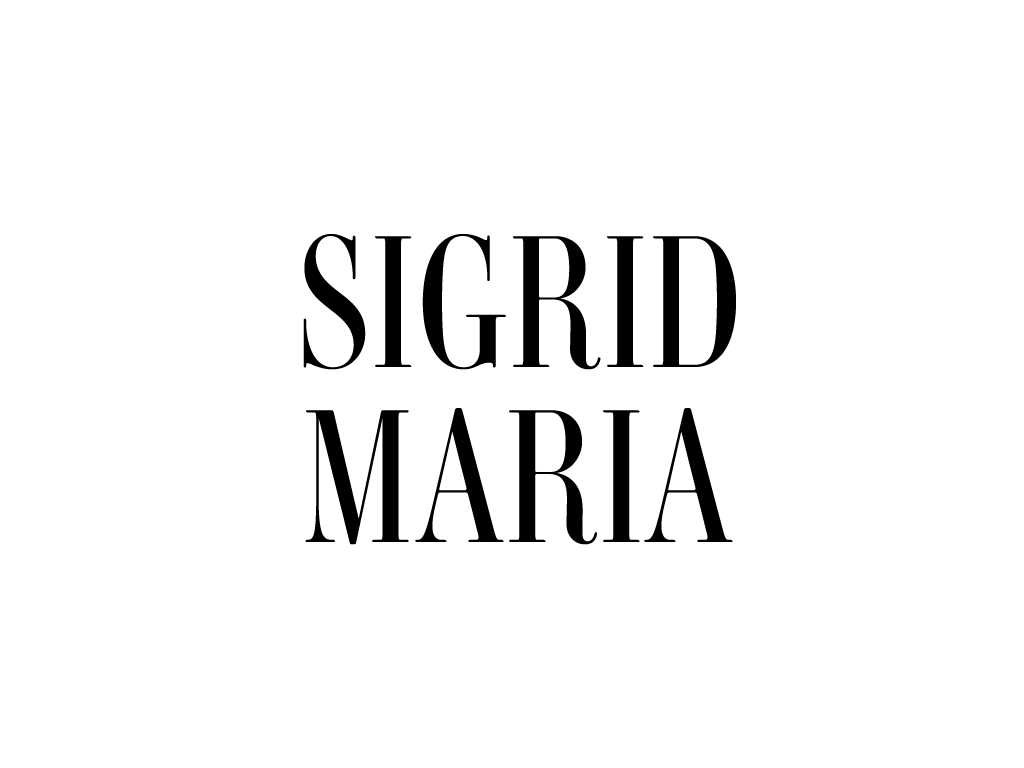For the Love of Vyshyvanka
Ukrainian woman in the 1950s
Girl in traditional dress in Lviv in the 1950s
Vyshyvanka is the name for embroidered shirts and dresses in Ukrainian and Belarusian national costumes, and is perhaps the most loved item in the Ukrainian wardrobe. The Ukrainian vyshyvanka is distinguished by the vivid and unique embroidery, and although present all across the country, the embroidery varies depending on the region of origin, as each local style has their own technique with particular patterns and colours.
The traditional embroidery found on clothing and decorative arts are almost a national symbol of Ukraine, and plays a major part in traditional weddings and celebrations. It is an ancient and symbolic tradition dating back to 500 BC, first created by the Scythian tribes in what is now western Ukraine, who used embroidery to decorate their clothes.
The designs have a long history of various ornamental motifs and compositions, as well as different colours and types of stitches. Traditionally, the thread was dyed using natural elements such as bark, leaves, flowers and berries. The local nature was therefore quite literally reflected on the garment in the colour of the embroidery. The connection to nature is obvious in as plants, animals, fields and heavenly bodies are all represented along with geometrical patterns of squares and circles. A well-trained eye could identify a persons origin from just by observing the embroidery of the clothes they wore. Today vyshyvanka is worn on special occasions and state holidays, and in some parts of the country it is still very much every day attire.
The embroidery was thought to shield their owners from evil spirits and the vyshyvanka was used as a talisman to protect the wearer. Even babies were given an embroidered shirt after birth to protect them from evil spirits. Crosses were usually stitched with black thread to prevent any foreign spirit from entering the human body. Crosses were known to “split” or eliminate negative energy, whereas black colours absorbed it.
Have a look though some of the incredible works of art of different vyshyvankas 🖤
Sources: Mariya Chumarna, Codes in Ukrainian Embroidery, J.J. Gurga, Echoes of the Past: Ukrainian Poetic Cinema and the Experimental Ethnographic Mode
Peasant children in Poltava, Ukraine in 1941 wearing traditional local vyshyvanka.
Postcard printed in 1916 featuring a Ukrainian peasant lady in vyshyvanka and traditional wreath.
Postcard from 1917
Ukrainian actress Anna Sten in the 1930s






